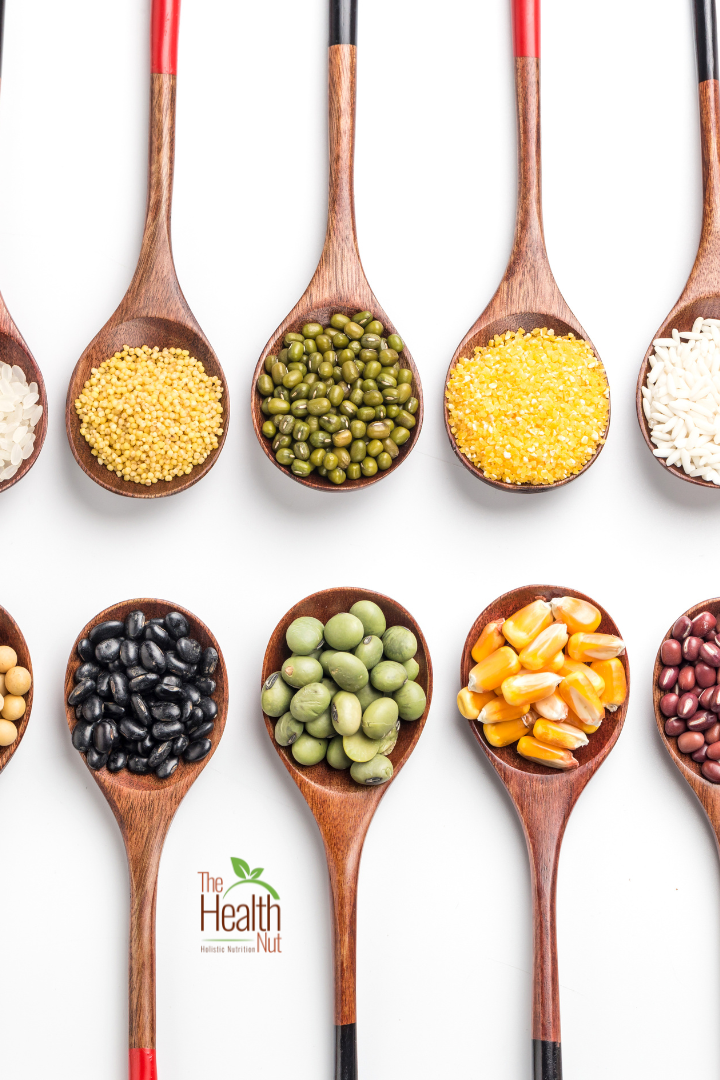
Grains and Autoimmunity: Friend or Foe? 🥖🤔
Alright, time to pull back the curtain on a topic that stirs up a lot of ahem “heated discussions” in the health world: grains and autoimmune disease.
If you’re living with an autoimmune condition — or suspect you might be — you’ve probably heard a million conflicting opinions about grains. Some people treat bread like it’s toxic waste, while others are happily munching their oatmeal thinking it’s “heart-healthy.”
So, what’s the real deal?
Let’s get into it. And don’t worry — no fear-mongering here, just real talk you can actually use.
🍞 First Things First: What Are We Talking About When We Say “Grains”?
Grains include foods like wheat, oats, barley, corn, rice, quinoa, and rye.
Some are gluten-containing (hello, wheat, barley, rye), and some are gluten-free (like rice and millet).
Seems harmless enough, right? I mean, how bad could your grandma’s homemade sourdough really be?
Well, here’s the thing: your immune system — when it’s confused and firing at your own body — isn’t playing by grandma’s rules.
🔥 Why Grains Can Be Problematic for Autoimmunity
When your immune system is on high alert (as it is with autoimmune diseases), certain components of grains can act like gasoline on a smoldering fire.
Here’s why:
1. Leaky Gut (Intestinal Permeability)
Grains — especially gluten-containing grains — can increase intestinal permeability for some people. That’s the fancy way of saying they can poke little holes in your gut lining.
When that barrier breaks down, particles that don’t belong in your bloodstream sneak through — and your immune system freaks out trying to clean up the mess. This can trigger or worsen autoimmune responses.
(Imagine a nightclub bouncer falling asleep at the door. Suddenly everyone’s inside — the ex, the guy who starts fights, and the TikTok dancer. Chaos.)
2. Molecular Mimicry
This is when a food particle (like gluten) looks suspiciously similar to certain tissues in your body.
So your immune system, in trying to attack the “invader,” accidentally attacks you — like your thyroid, your joints, your skin, or your nerves.
In the case of something like Hashimoto’s thyroiditis, gluten proteins can “mimic” thyroid tissue. So every time you eat gluten, your immune system gears up for battle… against you.
3. Inflammatory Load
Many grains are processed, stripped of fiber, and have a high glycemic impact — meaning they can spike your blood sugar.
Blood sugar rollercoasters = more inflammation = more immune dysfunction.
Even “whole grains” aren’t totally off the hook if your gut is already inflamed and your immune system is locked in battle mode.
🚦 Should Everyone with Autoimmunity Ditch Grains?
Not necessarily.
Some people tolerate certain grains just fine — especially non-gluten grains like rice, quinoa, or millet — once their gut is healed and their immune system calms down.
But in the beginning stages of healing?
When you’re trying to lower inflammation, seal up the gut, and give your immune system a breather?
Removing grains — especially gluten — can be a total game-changer.
It’s not about punishing yourself with a lifetime of deprivation. It’s about pulling back the inflammatory triggers long enough to let your body heal.
Think of it like this:
You don’t rebuild a house while there’s still a tornado outside. You wait for the calm — then you remodel.
🛠️ How to Start Grain-Free (Without Losing Your Mind)
- Focus on What You Can Eat: Protein, veggies, fruits, healthy fats, nuts, seeds — there’s still a lot of good stuff on the menu.
- Explore New Staples: Sweet potatoes, cassava flour, coconut flour, almond flour — these are your new best friends.
- Keep Meals Simple at First: You don’t need gourmet Pinterest-worthy recipes. Keep it basic and sustainable.
- Watch for Hidden Sources: Grains lurk in sauces, dressings, and processed foods. Read labels like your future depends on it (because it kind of does).
🌟 Bottom Line: Listen to Your Body
There’s no one-size-fits-all rule. Some people thrive without grains. Others eventually reintroduce small amounts of gluten-free grains without issue.
The key is to experiment, track how you feel, and adjust.
Inflammation is sneaky, and symptoms can show up days later — so be patient with yourself.
And remember:
You’re not giving up bread forever — you’re giving yourself a shot at feeling like YOU again.
Healing comes first. Bread comes later — if it fits.
💬 Final Pep Talk
If ditching grains feels overwhelming, that’s totally normal. It’s a big shift.
But you are not weak, you are not “overreacting,” and you are definitely not alone.
You’re taking control of your health in a world that profits from keeping you sick and confused.
That’s badass.
One meal, one day, one choice at a time — you’re rebuilding from the inside out.
And that, my friend, is pure power.
You’ve got this. 💛
